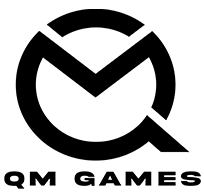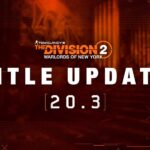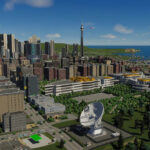The MacBook Air is notably the most popular Apple product with a huge advertised battery life of 18 hours. But, as you get down to testing you would realize, the battery life is lower than the one mentioned on the pamphlet. There are various reasons behind that, first, Apple tests its products for battery life under mild conditions and stress such as light web; however, as you start to download gigs of data, use powerful editing software, or run programs that stress the MacBook more than the test conditions, the battery life is going to be lower.
But, some users are reporting significantly less battery life than the advertised. If that’s the case with you, there are some things you can do to fix MacBook Air battery life problems.
How to Fix MacBook Air Battery Life Problems
Before you proceed with any of the solutions to fix the MacBook Air battery draining fast, it’s worth checking the battery’s condition. You can do this via the Apple menu > System Preferences, click Battery, then click Battery again. Now, click on Battery Health. You may see two conditions Normal and Service recommended. If you get the Service recommended condition, there might be a problem with the battery of MacBook Air.
But, a lot of users who have the MacBook Air battery life problem get the Normal condition and still the battery fails to perform. So, start with:
Battery drains more during system install or restore
If your MacBook Air is new and you are running the setup or you are restoring an old MacBook, the process of setup can take up significant amount of battery. So, it’s recommended that while performing setup or restore, you should have the MacBook plugged to a power source. Spotlight indexing is something that is known to drain a lot of battery. So, don’t worry, once the setup is complete and the system is back to running normally, the battery life should be around the advertised value.

Count the hours during initial days
You may feel like you have a MacBook Air battery life problems when in reality you are running the machine for longer durations than you would normally. When the MacBook Air is new, it takes a lot of stress as you run it for longer hours, perform more tasks to test the features and boundaries of the new machine. All this costs power which you might not keep a track of. Good things always feel less, so even through you are spending substantial amount of time on the MacBook or it’s on for longer, you may feel lesser time has passed. I think there is a psychological term for it – forward telescoping.
So, if you feel like you are affected with MacBook Air battery draining fast, use the MacBook until it dies due to lack of battery, than plug it into a power source until the battery is completely full. Now, use the MacBook and check if the problem with the battery still occur. If they do, here are the things you need to do.
Reboot the MacBook Air
There are various reasons that can cause the battery to drain faster in the Mac. If your Mac has been running for a long time without a restart, there may be bad processes or software running in the background that could be stressing the CPU causing it to consume more power. A simple restart can fix the problem.
To Restart the MacBook Air – click on Apple menu button > Restart… > Restart button.
Once the Mac boots up again, check if the problem still persists. For a large number of users the MacBook Air battery problem would be resolved by this simple step. If not, no worries, we have a bunch of other things you can try.
Identify power hungry applications
Apple has implemented the feature to check the battery usage of applications since the past few versions of the MacBook Air. You can do this by clicking on the Battery icon on the Menu bar. Once you identify an application that’s consuming a lot of power, you can open it in the Activity Monitor and look all the resources the application has been using. Some applications may be using power for good reason, such as you are editing a photo using Photoshop, which will use up a lot of power. However, there may be some applications that are not optimized enough for the Mac and it’s causing unnecessary usage of power. Identifying and closing down those application will reduce power usage.

Ensure the Mac is up-to-date
Updating is important when it comes to your iPhone or the Mac. Update brings bug fixes that may exist in the previous version of the OS. A current bug with the operating system could be causing the MacBook Air battery draining fast. Besides the OS, app developers also regularly release update for the same purpose to eliminate bugs with the previous version and to introduce new features. Hence, you must update the operating system and third-party applications to fix MacBook Air battery life problems.
To perform the update, open the App Store using Finder > Updates > click on Update ALL.
Minimize the use of third-party applications
Apple offers all types of applications that you would require in a day-to-day life. While the Chrome browser is popular, it’s less optimized for the Mac or Windows for that matter. It can impact the performance of the Mac. Instead, use the native browser Safari for your browser. Similarly, use other native applications in the MacBook Air for better performance and better battery life.
Terminate unused features to extend battery life
Things like the Wi-Fi, brightness of the screen, chargers connected via USB, external hard drives, speaker connected to the mac while not in use still use some power. So, to extend the battery life, switch off the Wi-Fi when not in use, turn down the screen brightness, use headphones instead of speakers, and enable the Energy Saver.
Get in touch with Apple Support
Finally, if the MacBook Air battery life problems still persist, you need to get in touch with the Apple Support and get servicing or replacement as advised by them.
We hope your MacBook Air battery problems have been resolved after going through the solutions in the post. If the problem persists, the best support can come from Apple.






